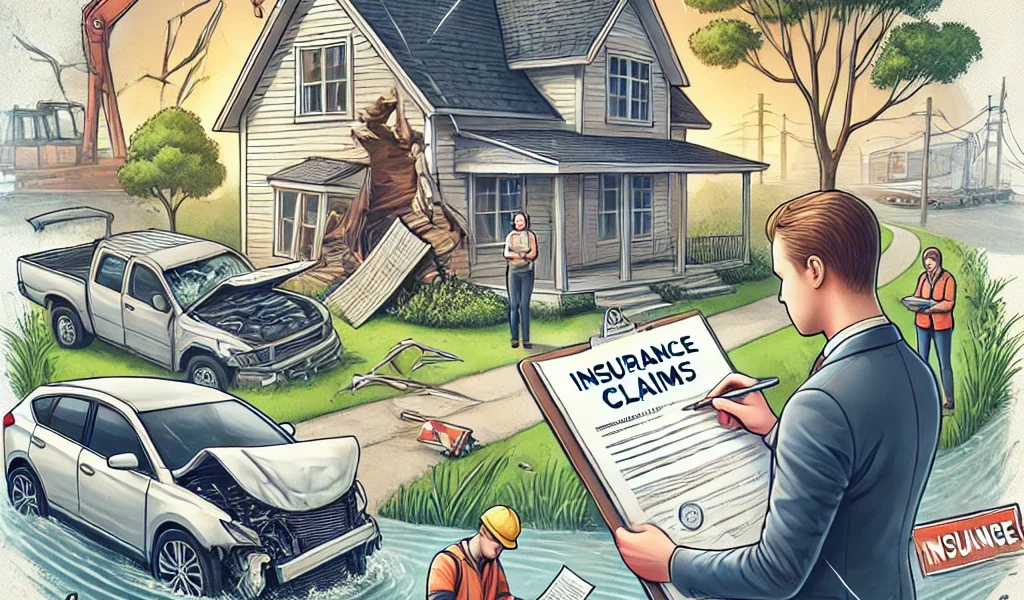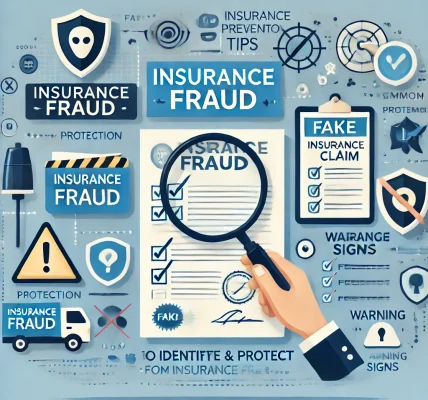Natural disasters such as hurricanes, earthquakes, floods, and wildfires can cause significant damage to homes, businesses, and personal property. Filing an insurance claim after such an event can be a complex and overwhelming process. Understanding how natural disasters impact insurance claims and payouts is crucial for policyholders to ensure a smooth and fair recovery process.
In this DIY guide, we’ll walk you through the essential aspects of natural disaster claims, common challenges, and tips to maximize your claim payout while protecting your rights.
1. Understanding How Natural Disasters Impact Insurance Claims
1.1. The Surge in Claims
Natural disasters often lead to an influx of claims, causing delays in processing and settlements. Insurance companies may be overwhelmed with thousands of claims, leading to extended waiting periods.
1.2. Coverage Limitations
Not all natural disasters are covered under standard homeowners or business insurance policies. Some policies exclude specific disasters, requiring separate coverage.
- Floods: Typically not covered under standard homeowners insurance. Requires a separate flood insurance policy.
- Earthquakes: Not included in most policies unless you have earthquake coverage.
- Hurricanes: Covered under homeowners insurance but may have high deductibles in coastal areas.
- Wildfires: Usually covered but may require additional endorsements in high-risk zones.
1.3. Adjuster Backlog and Processing Delays
With a high volume of claims, insurance adjusters may take longer to assess damages and determine payouts. Policyholders should document their losses thoroughly to avoid further delays.
2. The Insurance Claims Process After a Natural Disaster
Step 1: Assess the Damage and Ensure Safety
- Prioritize safety for yourself and your family.
- Take necessary precautions to prevent further damage (e.g., covering broken windows, shutting off gas lines).
Step 2: Notify Your Insurance Company
- Contact your insurer as soon as possible.
- Provide your policy details and an initial description of the damage.
- Request an insurance adjuster’s visit.
Step 3: Document the Damage
- Take photos and videos of all affected areas before making repairs.
- List all damaged or lost items, including receipts, serial numbers, and estimated values.
- Save receipts for temporary repairs and living expenses if you are displaced.
Step 4: Work with the Insurance Adjuster
- The adjuster will inspect the property and assess the damages.
- Be present during the inspection and provide all documentation.
- Ask for a copy of the adjuster’s report.
Step 5: Review the Settlement Offer
- Compare the offer with your policy coverage and damage estimates.
- Negotiate if you believe the offer is too low.
- If needed, hire a public adjuster or seek legal advice.
Step 6: Receive Payout and Begin Repairs
- Once the claim is approved, you’ll receive a payout based on your coverage.
- Work with licensed contractors for repairs and keep receipts for all expenses.
3. Common Challenges in Natural Disaster Insurance Claims
3.1. Underinsurance Issues
Many homeowners find out after a disaster that their coverage limits are too low to fully rebuild their homes.
- Check your policy regularly and update coverage as needed.
- Consider adding replacement cost coverage rather than actual cash value.
3.2. Disputes Over Damage Assessment
Insurance adjusters may undervalue damages, leading to lower payouts.
- Get independent contractor estimates.
- Hire a public adjuster if needed.
3.3. Delayed Payouts
Processing delays are common after large-scale disasters.
- Keep in touch with your insurer for updates.
- Follow up on pending documentation requests.
3.4. Claim Denials
Insurance companies may deny claims due to exclusions, missed deadlines, or insufficient documentation.
- Read your policy carefully.
- Appeal denied claims with additional evidence or legal assistance.
4. Tips to Maximize Your Insurance Claim Payout
4.1. Know Your Policy
- Review your policy annually to understand what is and isn’t covered.
- Add necessary endorsements or riders for full protection.
4.2. Keep Detailed Records
- Maintain an updated home inventory with receipts and appraisals.
- Store digital copies of insurance documents in a secure location.
4.3. Don’t Settle for the First Offer
- If the insurer’s offer seems too low, negotiate.
- Provide contractor estimates and independent assessments.
4.4. Seek Professional Help
- A public adjuster or attorney can help maximize your settlement.
- Nonprofit organizations may offer assistance for disaster victims.
5. Frequently Asked Questions (FAQs)
Q1: What should I do if my insurance claim is denied?
- Request a written explanation from your insurer.
- Gather additional evidence (photos, contractor estimates) and file an appeal.
- Consult an attorney if needed.
Q2: How long does it take to process a natural disaster claim?
- It depends on the complexity of the claim and the number of claims filed. It can range from a few weeks to several months.
Q3: Can I get government assistance if my insurance doesn’t cover everything?
- Yes, FEMA and other disaster relief programs may provide aid.
- Apply for federal assistance if your area has been declared a disaster zone.
Q4: What if my insurance payout isn’t enough to rebuild my home?
- You may qualify for an SBA disaster loan.
- Consider negotiating with your insurer or seeking additional aid.
6. Conclusion
Natural disasters can be devastating, but understanding the insurance claims process can help policyholders recover efficiently. By knowing your policy, documenting damages, and proactively working with your insurer, you can maximize your payout and rebuild with confidence.
Always stay prepared by updating your coverage and keeping records, and seek professional help if disputes arise. With the right approach, you can navigate the complexities of insurance claims after a natural disaster successfully.




